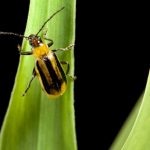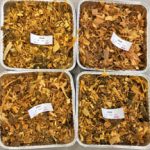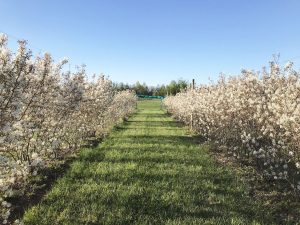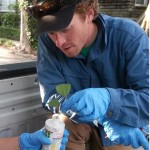
Pre-Registration Required: https://cornell.ca1.qualtrics.com/jfe/form/SV_aaXyv0JOpJuGgse
January 25, 2024, 8:30am-4:30 pm
International Maple Syrup Grading School & Quality Control Program
Parker Family Maple Farm, 1043 Slosson Road, West Chazy
$20 registration fee includes lunch, refreshments, syrup tasting, and all training material. Registration for the first 20 people includes a take home kit complete with a hydrometer and hydrometer cup, thermometer, and grading kit. See agenda below. For more information contact Adam Wild, Cornell University Uihlein Maple Research Forest, adw94@cornell.edu, (518) 523-9337. This course is supported by the Northern NY Agriculture Development Program and normally costs over $100 per person.
Learn how to improve the quality of your maple production and be able to detect off flavors in maple syrup. This training is for beginner and advanced maple producers.
-
- Hands-on Grading
- Density & Equipment
- Clarity and Filtering
- Food Safety
- Chemistry of Maple Colors
- Causes of Off Flavors & Tasting
Program Agenda
8:30 – 9:00 AM Registration & Refreshments
9:00 – 9:30 AM Introductions and Review of Agenda and Format
9:30- 10:15 AM Hands-on Grading Exercises
10:15 – 11:15 AM Density: Lecture and Exercise
11:15- 11:45 AM Standard Flavors, Map of Maple
11:45 – 12:30 PM LUNCH
12:30 – 12:45 PM Clarity, Filtering
12:45 – 1:30 PM Color: Lecture and Exercise
1:30 – 1:45 PM Regulations, Lead, FSMA, Chemical Safety
2:00 – 3:00 PM Off-Flavors Lecture and Tasting
3:00 – 4:00 PM Final Grading Exercise
4:00 – 4:30 PM Discussion, Evaluation
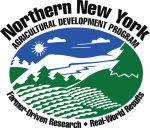 Funding for the Northern New York Agricultural Development Program is provided by the New York State Legislature through the New York State Assembly and administrated by the New York State Department of Agriculture and Markets.
Funding for the Northern New York Agricultural Development Program is provided by the New York State Legislature through the New York State Assembly and administrated by the New York State Department of Agriculture and Markets.
